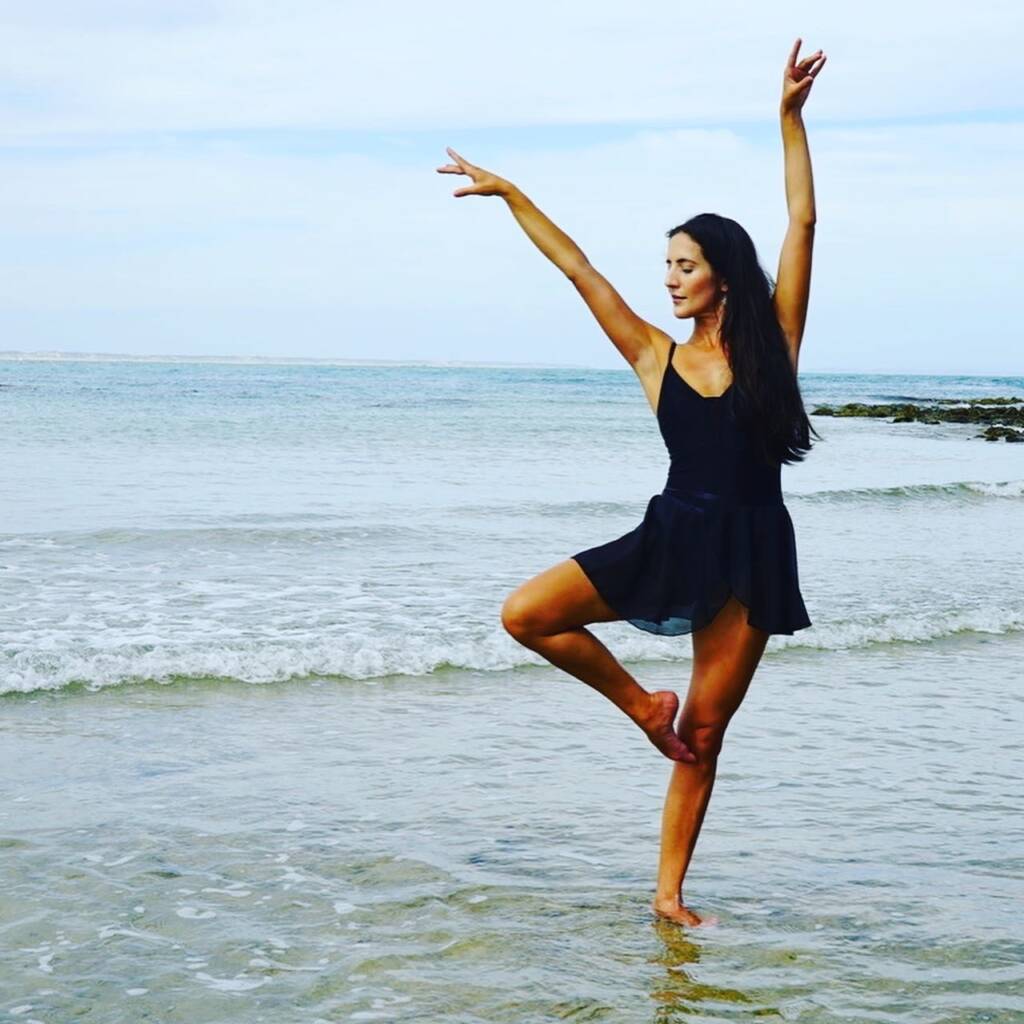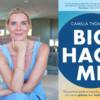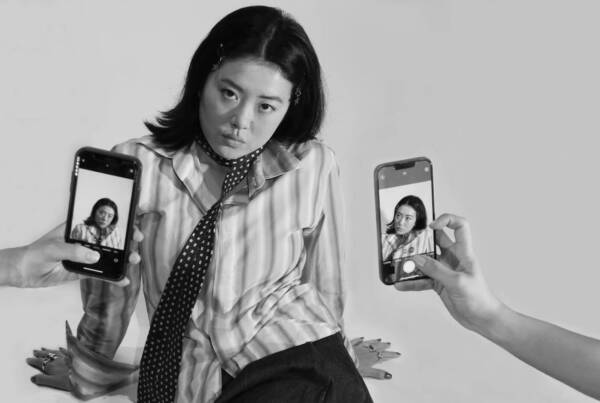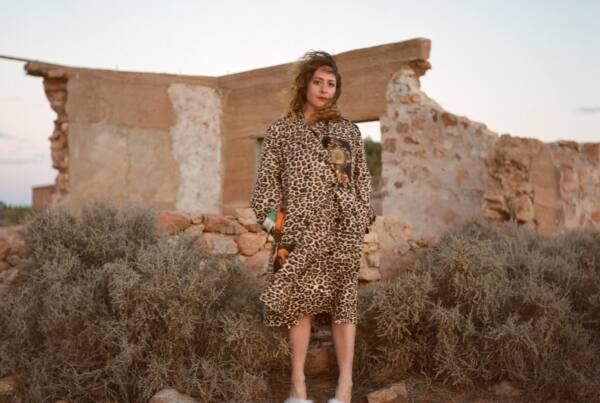Writing by Leila Lois // photograph by David H Slattery
 Over the past year, the acronym HSP has started to pop up in mainstream media and everyday conversations.
Over the past year, the acronym HSP has started to pop up in mainstream media and everyday conversations.
HSP stands for Highly Sensitive Person (not a halal snack pack) and is used to describe a personality type and is a growing area of research in psychology. Increasingly, celebrities such as Nicole Kidman, Lorde and Alanis Morrisette are ‘coming out’ as highly sensitive people.
We are starting to understand that up to 1 out of 3 of us classify as an HSP. An HSP can be seen as someone who is deeply moved and influenced by their senses, highly creative and sometimes emotionally overwhelmed, and that this is not a weakness but, with self-knowledge, it can be a strength, helping us to live creative, joyful lives.
But what can be gained from recognising if you fall into this personality type, and how might creative practice weave into helping us adapt, in a world that is increasingly over-stimulating and unyielding for sensitive types?
Highly Sensitive People tend to be creative. As a dancer I have found myself not only relating to some of the common experiences of HSP, but I have found my artistic practice useful to help me manage my sensitivity.
Are you a highly sensitive person? Here is a non-exhaustive list of the key traits:
- You’re extremely empathetic, often taking on other peoples’ feelings
- You are deeply moved by beauty
- You abhor violence and cruelty
- You have a tough time with criticism/ negative feedback
- You seek meaning/purpose in your life
- You cry easily
- You notice things others miss
- You’re jumpy and your pain tolerance is low
The saying: “You’re too sensitive” and “don’t take things so personally” are common sayings HSP’s might encounter.
I remember times in my childhood where emotions would overwhelm me and I would dance to calm my body and mind. I could get lost for hours in the garden, whirling around in the trees and climbing them (my knees are a map of scars as testimony) when experiencing difficult emotions like sadness and disappointment. My favourite type of movement practice to this day is dancing outdoors, in nature.
I rarely manifested anger in lashing out or yelling, instead (my parents told me) opting for solemn and self-soothing modes of expression, like dancing or singing. They actually nicknamed me ‘Leilaboos’ for this, as they said my response to stress was usually to dance to sad music or go ‘boo-hoo’.
Crying, psychologists are starting to uncover, might be an embodied mode of self-healing, rather than a negative activity which for those of us who relate to the HSP title, makes complete sense.
Somatic practices (things that involve our bodies) can help us tune into our emotions and stop us getting overwhelmed. Shame surrounding crying is probably a Western patriarchal lens, as there are many indigenous cultures that do not have this association with crying.
As a woman of Kurdish heritage, I have seen that in my own ancestral culture, crying and mourning plays a recognised part in collective healing. Embodied practices of expression are expressed openly and appreciated. In this sense, there should be no shame in displaying that you are sensitive, responses to emotional experiences are human. Jenn Granneman and Andre Sólo in their recent book Sensitive say that we ought to change the term sensitive, with its negative connotations, to responsive. Some people might be more responsive than others, more moved by the world around them:
…your body and mind respond more to the world around you. You respond more to heartbreak, pain and loss, but you also respond more to beauty, new ideas and joy. You go deep where others only skim the surface. You keep thinking when others have given up and moved on to something else.
-Sensitive by Jenn Granneman and Andre Sólo (Penguin: London)
If we change the word ‘sensitive’, then, with all its negative and shameful loading, for ‘responsive’, we realise the creative and positive potential of being an HSP.
Certainly, I think this aspect of my personality has fueled my inspiration and collaborative arts projects with others. Where HSP (including many of my friends who are artists) make the world a more vibrant and responsive place to live in, with their paintings, movies, books and shows, they also need these creative outlets to bring sense and meaning to a world increasingly harsh for sensitive souls.
The power is in the collective practice and celebration of our sensitivity and ‘responsiveness’, and this is why I think classes, workshops and gatherings can be really useful to help HSP to see their personality type as an asset and support each other.
I curate regular open dance classes and moon meditations, for example, to invite others to reflect and let go in a safe, inclusive space, celebrating who they are and leaning into their emotions.
If you too identify with the characteristics of a highly sensitive person, I hope you can lean into the many positives and realise that you are not alone. Embrace your sensitivity and let it fuel your creative practice. The more you do this, the more you will realise that being sensitive is a strength, not a weakness.






